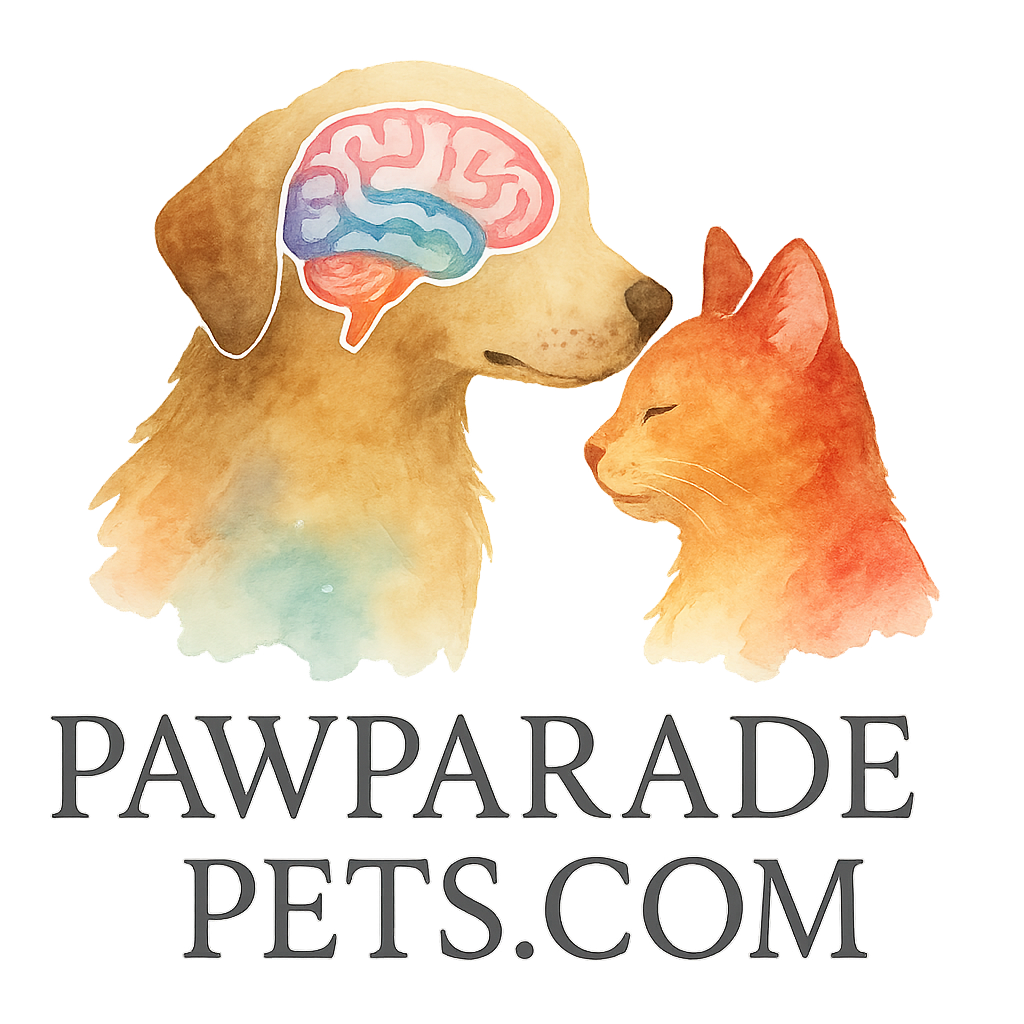Introduction: Why Brain Training Matters for Pets
Have you ever noticed how quickly your pet gets bored when they don’t have something to do? Just like humans, pets need mental stimulation to stay sharp, happy, and well-behaved. Brain training for pets isn’t just about teaching cute tricks—it’s about keeping their minds active, reducing destructive behaviors, and building a stronger bond between you and your furry friend.
Whether you’ve got a curious cat or an energetic dog, the right brain training tricks can transform your pet’s behavior and intelligence faster than you think. In this article, we’ll dive into 11 brain training tricks for pets that work fast, plus share tips, tools, and resources to make training fun for both of you.
The Benefits of Brain Training for Pets
Mental Stimulation and Cognitive Growth
Brain training helps pets stay mentally sharp. Just as crossword puzzles and Sudoku keep our brains ticking, games and challenges give your pet the mental workout they need. This is especially important for highly intelligent breeds or pets that spend a lot of time indoors.
Better Behavior and Obedience
A busy brain is a well-behaved brain. Training reduces boredom, which is often the root cause of chewing, barking, or scratching. With brain training, your pet learns patience, obedience, and discipline in a fun way. (More resources on behavior and obedience).
Bonding Between Pet and Owner
When you engage your pet’s mind, you’re not just training—you’re bonding. These activities strengthen trust and communication, making your relationship even more rewarding.
11 Brain Training Tricks That Work Fast
1. The “Find It” Game
How It Works
Hide treats around the house and encourage your pet to sniff them out. Start with easy spots, then make it more challenging as they improve.
Why Pets Love It
This taps into natural hunting instincts and keeps pets busy. Dogs, especially, thrive with scent-based activities. Learn more about creative games and activities.
2. Puzzle Feeders and Toys
Types of Puzzle Toys
From treat-dispensing balls to advanced gadgets, puzzle feeders force your pet to think before they eat.
Training Benefits
These toys build patience and problem-solving skills. For recommended options, check out tools and toys for brain training.
3. Hide and Seek
Just like kids love hide-and-seek, pets enjoy the thrill of the hunt. You can hide yourself, a favorite toy, or even a treat. This game builds recall skills and sharpens focus.
4. Teaching New Commands
Simple Commands for Beginners
Start with basics like sit, stay, or shake. These build obedience and confidence.
Advanced Commands for Smart Pets
Challenge your pet with advanced commands like roll over, fetch specific toys, or turn off the lights. See guides on brain training basics.
5. Shell Game Challenge
Place a treat under one of three cups, shuffle them, and let your pet guess. This improves focus and problem-solving while keeping training fun.
6. Interactive Tug-of-War
It’s not just about strength. When played correctly, tug-of-war teaches rules, self-control, and engagement. Always end with a command like drop it to maintain discipline.

7. Obstacle Course Training
Use furniture, cushions, or outdoor gear to create a DIY agility course. Pets love the challenge, and it provides both physical and mental stimulation.
8. Scent Work Games
Scent work taps into your pet’s most powerful sense. Hide different objects and teach them to identify by smell. Advanced scent training can even help dogs detect specific items.
9. The Cup and Treat Trick
Similar to the shell game but simpler—just place a treat under one cup and mix them up. It’s quick, easy, and builds focus.
10. Name Recognition Training
Teach your pet to recognize toys or even family members by name. Start with one toy, repeat the name, and reward success. Soon, your pet can bring you “ball,” “rope,” or “bear” on command.
11. Advanced Cognitive Challenges
For pets who breeze through the basics, try more complex activities like multi-step commands or problem-solving gadgets. Explore detailed guides on advanced cognitive challenges.
Tools and Toys for Effective Brain Training
Having the right gear makes brain training easier. From smart feeders to interactive gadgets, the market is full of creative tools. Explore curated collections of toys and training devices to match your pet’s intelligence level.
How to Keep Brain Training Fun and Engaging
Avoiding Frustration
If your pet struggles, simplify the task. Brain training should feel like a game, not a punishment.
Rewarding Success
Always reward with praise, treats, or play. Positive reinforcement keeps pets eager to learn.
Common Mistakes in Brain Training Pets
- Training too long (keep sessions short and fun).
- Expecting instant results.
- Skipping rewards or consistency.
- Choosing games too advanced for your pet’s skill level.
Creating a Brain Training Routine
Set aside just 10–15 minutes a day. Mix easy and challenging activities. Rotate toys and games to keep your pet interested. You’ll be amazed at the results in just a few weeks!
Conclusion: Smarter Pets, Happier Lives
Brain training isn’t just a fun activity—it’s essential for your pet’s health and happiness. With just a few minutes each day, you can reduce problem behaviors, strengthen your bond, and boost your pet’s intelligence. Start small, stay consistent, and watch your furry friend transform before your eyes.
For more inspiration, explore helpful guides on brain stimulation, fun activities, and intelligent training tips.
FAQs
1. How long should brain training sessions last?
Keep sessions short—10 to 15 minutes is ideal. Pets learn best in quick bursts.
2. Can cats benefit from brain training too?
Absolutely! Cats love puzzle toys, hunting games, and scent challenges.
3. What’s the best age to start brain training?
You can start as early as puppy or kitten stage, but pets of all ages benefit from brain training.
4. How do I know if my pet is frustrated?
Look for signs like turning away, whining, or pawing excessively. If so, simplify the task.
5. Do I need expensive toys for brain training?
Not at all. Everyday items like cups, boxes, and towels make great training tools.
6. Can brain training replace physical exercise?
No, but it complements it. A mix of physical and mental exercise keeps pets balanced.
7. How fast will I see results?
Many owners notice changes within a week of consistent training.


